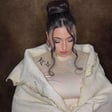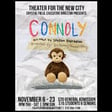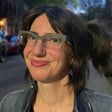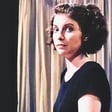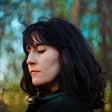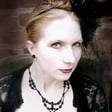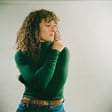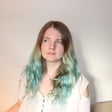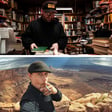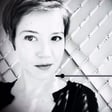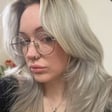
Charles Mulford
Charles Mulford is a sculptor based in New Jersey. He holds an MFA from the School of Visual Arts and a BFA from Rutgers University, Mason Gross School of the Arts. His sculptures have been exhibited in the New Jersey State Museum, Trenton, NJ, the Attleboro Arts Museum, Attleboro, MA, the Bruton Museum, Somerset, UK, and The Center for Contemporary Art, Bedminster, NJ. Mulford apprenticed at the Seward Johnston Atelier, specializing in metal chasing and fabrication. His work is part of the special collection of the Vanderbilt University Library and Temple University Library.
Charles Mulford’s sculptures explore the complex emotions surrounding anxiety through the lens of humor. Cartoon figures, 3D-modeled objects, and scans of human heads act as vehicles for theatrical narratives. Mired in tragic circumstances, the characters express their feelings about illness and death. Exaggerate scenes capture a sense of unease, reflecting the stress and vulnerability of anxiety. The result is a visual representation of a tortuous and sometimes humorous world.
